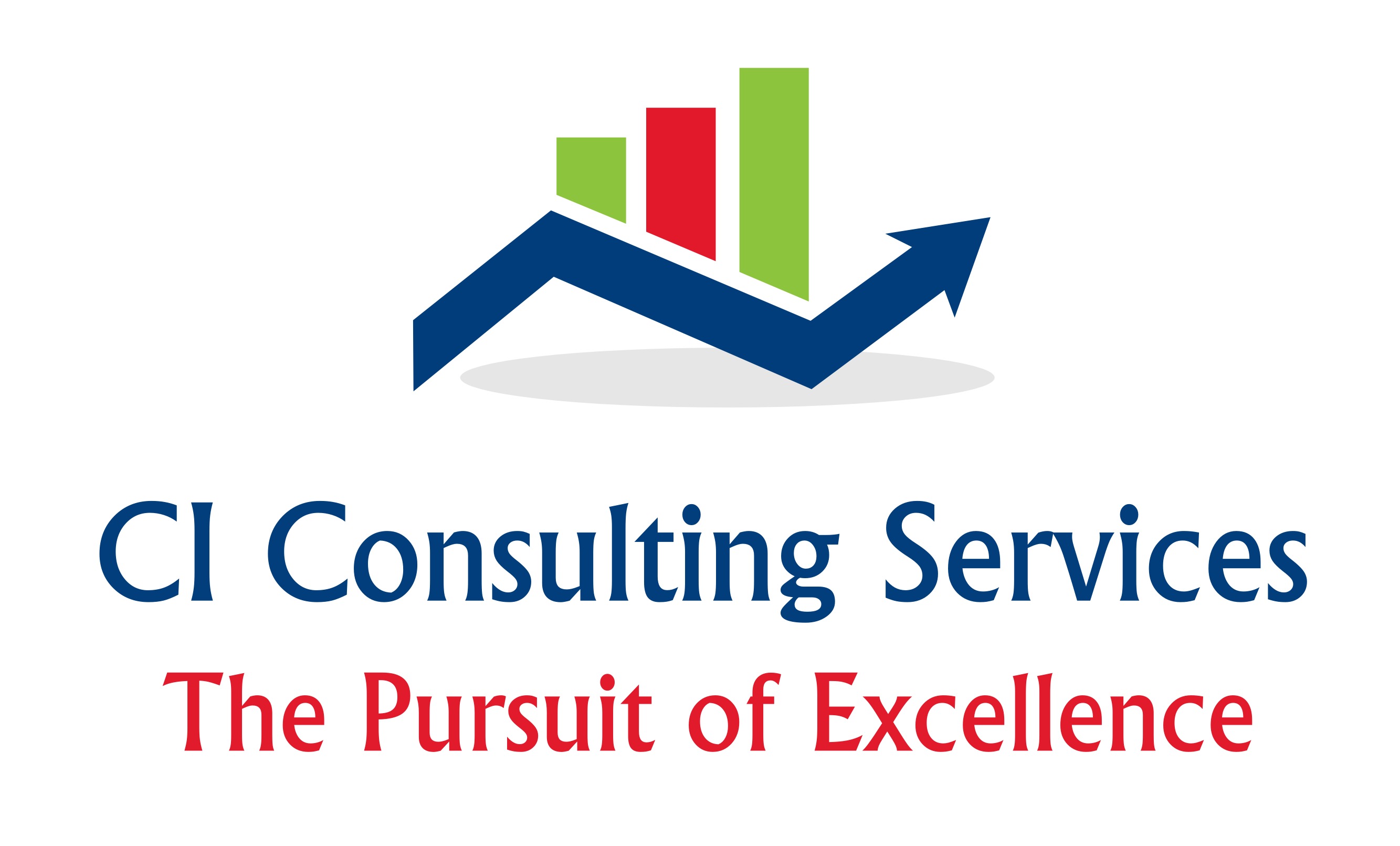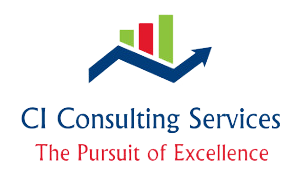Lean and the 8 Wastes - Definitions
This article talks about what Lean is and the relationship between the 8 Wastes commonly recognized in Lean and the Lean tools (countermeasures) used to reduce or eliminate the identified wastes in any process.
An Overview of LeanLean can be described in many ways. Some definitions focus on elimination of waste, while others state that Lean is mostly common sense. At its core, it's a set of principles that focus on continuous improvement. Lean is derived from the Toyota Production System and is used to make processes more efficient and effective at satisfying customer needs.These principles apply to all processes that are used on a regular basis, whether it be in the manufacturing or transactional world. Transactional processes are at their heart paperwork processes such as entering orders, creating schedules, quotes or proposals, or processing documentation—physical product is not produced or assembled. Transactional processes are prevalent in every industry beyond manufacturing.
There are two types of activities in the Lean world: Value-Added and Non-Value Added. Value-Added (VA) activities are defined as changing the form, fit or function of material or information at the desired production and quality rates. Another way to think about VA activities is to ask what the customer is willing to pay for. For example, if given the choice, would the customer want to pay for someone to search for 20 minutes to find required items such as material, supplies, or information?
Non-Value-Added (NVA) activities represent wastes of money, time or effort. These are what we are trying to reduce or eliminate.
While many of the countermeasures found in Lean seem to be common sense, they are derived from an intelligent framework that is based on people and tools. The people side consists of building a culture of seeking continuous improvement (CI) and training people in the specific thinking of Lean and recognition of opportunities in the form of waste.
How to Apply LeanThere is a method when applying Lean to a situation or process such as assembling a product or entering a purchase order. The first step is to identify opportunities, which can be done several ways. The most comprehensive method is utilizing a process or value stream map to document material and information flows in the process in the 'current state' or 'as-is' condition. The next step is to utilize Lean principles to develop a 'future state' or 'will-be' map that provides guidance on what improvements to implement and where. Some people also use the terms 'current condition' and 'target condition' to describe the concept.Another way to identify opportunities is by observing the process and talking to those involved about the wastes, or inefficiencies, that occur. Once waste has been identified, the tools of Lean can be implemented as countermeasures to reduce or eliminate that waste.
The 8 Wastes of LeanThere are 8 Wastes in the Lean world that are currently recognized. I prefer to use the acronym TIMPWOOD to remember them. The 8 Wastes are as follows:- Transportation
- Inventory
- Motion
- People
- Waiting
- Overprocessing
- Overproduction
- Defects
The idea is to get people to recognize that waste exists. Once they see waste in their process, there are opportunities to apply Lean tools to reduce or eliminate that waste.
Transportation refers to moving things from one place to another. It costs money to pay people and buy equipment to move things, but there is no value-added activity going on—just cost.
Inventory encompasses the concept of having just enough inventory, not too much or too little Excess inventory is a problem because the more stuff you have, the more stuff you lose. Customers can change specifications without notice or material can spoil or expire. If you can design your process so it is efficient and effective on as little inventory as possible, the process will have less waste.
Motion is what people do when they do their jobs. It's about how far they travel to get things and if they have to reach down to the floor or high up over their heads. This is especially relevant with heavy items. Motion incorporates ergonomics as well as efficient workstation design to ensure that all needed items are close at hand. When we redesign process and areas, we need to consider the motion expended by the people doing the job.
People waste is the waste of what is between their ears—their thoughts, skills, and experiences. It occurs when people outside the process try to make “improvements” without including the people working the process. There may be very good reasons for why things are done a certain way, but many times processes are the way they are because 'we've always done it that way.' We must understand the situation before making beneficial changes, and including people in those changes helps drive buy-in.
Waiting is something that occurs in most processes. Whenever I get to 'waiting' in this list, it reminds me that you can't look someone in the eye and say, “Stop waiting.” It doesn't make any sense! All of these wastes are symptoms of an underlying problem, much like smoke is a symptom of fire or fever is a symptom of illness. You cannot attack these wastes directly—you need to understand the overall process, which is why using a process or value stream map can help with identifying opportunities.
By using the framework of the 8 Wastes to identify opportunities, we can then use Lean tools or countermeasures to reduce or eliminate that waste.
Overprocessing is defined as doing more than is necessary to get the job done. It could include too many emails, excessively long meetings, or too many approvals/reviews and rework. My favorite form of overprocessing is spending 20 minutes looking for something. It's funny how something is always in the last place that you look when there is no standard location for items. Then once you find the pallet or box, you need to move other items to get to it, only to put them back so they are out of the way.
Overproduction takes on many forms. We define it as making more, earlier, or faster than you need it. It is often considereied the 'king' of the 8 Wastes because it by itself leads to all the others. Some people mistakenly overproduce because they think it is more efficient overall. After all, if we make next month's requirements now then we save a setup and the items will be ready for shipping when the order comes due next month. However, we have to transport the items to storage, we have to care for them, keep them clean, and locate them when the new order comes in. Often, customers can change their orders, the quantity, the color or the way it is packaged. Also, when in storage there is the risk of dirt, damage, or losing the items.
Even worse, we are using resources today to make items that will sit on a shelf until next month. Meanwhile, we likely have customers who are waiting for product this week who will have to wait while we produce ahead. This is a case of a decision that seems to make sense until you look at the bigger picture.
Defects are obviously a waste. Defective items need to be reworked or recreated. We must remember that we shouldn't blame the person who created the defect. We need to understand what it is about the situation that allows or requires that defect to occur. Perhaps the tools available aren't the best for the job or the instructions for filling out a form are not clear.
The next article will discuss Lean tools or countermeasures and their purpose or goal.
For more information click here to contact us
 Visit us at www.ciconsultingservices.com
Visit us at www.ciconsultingservices.com
